Why Does My Cat’s Tail Fluff Up? Common reasons include fear, aggression, and Excitement, which are natural signals of your cat’s mood and emotional state.
What Does It Mean When a Cat’s Tail Fluffs Up?
If you’ve ever asked yourself, “Why does my cat’s tail fluff up?” you’re not alone. This sudden puffed-up look can be surprising, but it’s actually one of the most expressive parts of feline body language.
A cat’s tail acts like a mood barometer, signalling fear, Excitement, aggression, or even playfulness. Understanding these signals is essential for building trust with your pet.
A fluffed tail isn’t random—it’s rooted in biology and survival instincts. Whether your cat is startled by a noise, meeting another animal, or simply chasing a toy, the way the tail reacts tells a story. By learning what these signals mean, you’ll gain insight into your cat’s emotions and know how best to respond.
Top 3 Reasons a Cat’s Tail Fluffs Up
| Reason | Explanation |
|---|---|
| Fear/Startle | Sudden noises, unfamiliar people, or new environments trigger a defensive puff. |
| Anger/Aggression | Tail fluffs up along with stiff posture to appear larger and warn rivals. |
| Surprise | Quick, unexpected movements cause a brief puff before the cat relaxes. |
Common Causes of a Fluffed Tail
When you ask, “Why does my cat’s tail fluff up?”, the answer usually comes down to a few key causes:
- Fear or Startle Response – sudden noises or changes in the environment.
- Aggression or Territorial Behaviour – defending space from other animals.
- Play and Excitement – energetic kittens often puff their tails mid-play.
- Cold Weather – fluffed fur traps heat to stay warm.
- Surprise or Caution – quick reactions to unexpected movements.
These triggers are normal parts of feline body language.
Environmental Triggers That Cause Tail Puffing
Sometimes the cause isn’t just emotions but the world around them. Cats are sensitive creatures, and small changes can spark big reactions. Common environmental triggers include:
- New pets or people – a sudden introduction often causes a puffed, defensive tail.
- Loud noises – fireworks, vacuum cleaners, or thunderstorms can startle them.
- Moving homes – unfamiliar smells and layouts can trigger stress puffing.
- Children or visitors – rough handling or quick movements may cause alarm.
- Strange scents – cats rely on smell, and a new odour can trigger caution.
Understanding these triggers helps you manage stress and prevent unnecessary fear in your cat.

Play, Excitement & Cold: Other Times a Tail Fluffs
Not every puffed-up tail means fear or aggression. Sometimes the answer to “Why does my cat’s tail fluff up?” is far more positive or even practical. Here are a few common situations:
- Playful Energy – Kittens and young cats often puff their tails while chasing toys or wrestling with siblings. It’s part of their natural play-fighting instinct.
- Excitement or Stimulation – Meeting a new cat, exploring a new space, or engaging in high-energy play can trigger a puffed tail. Think of it as a feline adrenaline rush.
- Cold Weather Response – When the temperature drops, fluffed tails help trap warm air close to the body, acting like a built-in blanket.
- Curiosity Mixed with Alertness – A cat might puff its tail slightly when intrigued but cautious about something new.
These moments are usually harmless and often entertaining to watch.
Reading Cat Body Language: What a Fluffed Tail Really Means

A puffed-up tail is only one piece of your cat’s communication puzzle. To answer “Why does my cat’s tail fluff up?”, you need to read the whole body. Cats rely on ears, eyes, and posture to add meaning. Here’s how to decode the signals:
- Flattened ears and a puffed tail indicate a strong fear or defensive stance.
- Arched back + stiff legs → aggression, dominance, or territorial warning.
- Dilated pupils + fluffed tail → heightened arousal, fear, or anger.
- Relaxed body + puffed tail → playful Excitement, especially in kittens.
Looking at the whole picture helps you understand your cat’s emotions more accurately.
How to Respond When Your Cat’s Tail Fluffs Up
Knowing why my cat’s tail fluffs up is only half the job—how you respond matters. Here are quick tips:
- If scared → Remove the trigger, speak softly, and give space.
- If angry/aggressive → Avoid touching; let them calm down before re-engaging.
- If playful → Encourage with toys like wands or balls to release energy.
- If cold → Offer warm bedding or a cozy spot indoors.
Each reaction helps your cat feel safe and understood.
Warning Signs & When to See a Vet
Most tail puffing is harmless, but sometimes it signals deeper issues. Watch for these red flags:
- Frequent puffing without a clear trigger → could mean ongoing anxiety.
- Tail fluffing plus hiding, crying, or loss of appetite → may signal illness.
- Sudden aggression with puffed tail → possible pain or stress.
- Changes in overall feline body language → worth a vet check.
If your cat’s fluffed tail seems constant or unusual, professional advice is best.
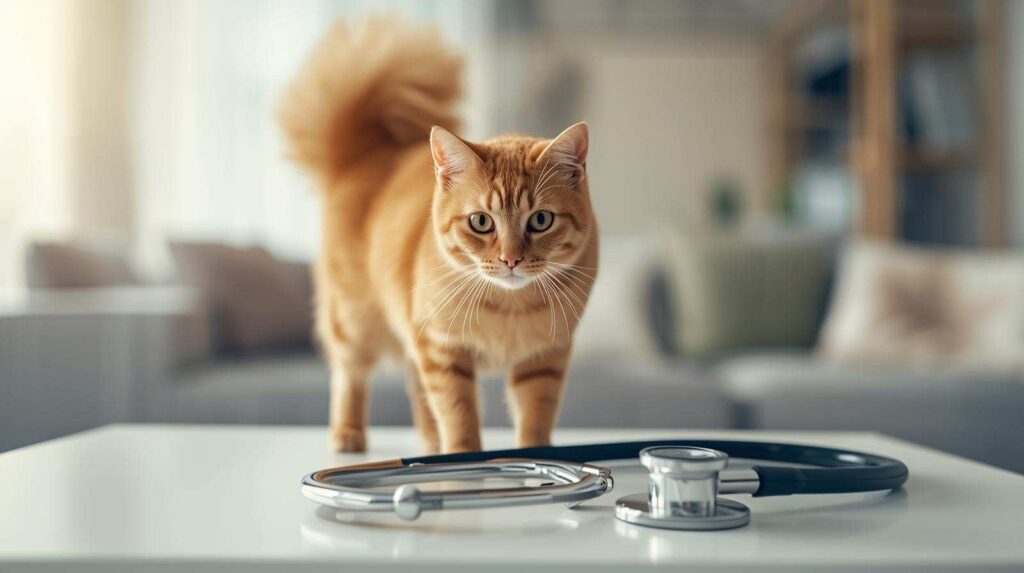
FAQs
Q1: Why does my cat’s tail fluff up when playing?
Play triggers the same reflex as fear. In this case, it’s harmless Excitement.
Q2: Is a fluffed tail always aggressive?
No. It can mean fear, surprise, playfulness, or even cold.
Q3: Why does my cat’s tail puff up around other pets?
It’s often a territorial or defensive response.
Q4: How do I calm my cat when its tail fluffs up?
Give space, remove triggers, and let your cat approach you.
Q5: Do kittens fluff their tails more often?
Yes, kittens puff their tails frequently during playful exploration.
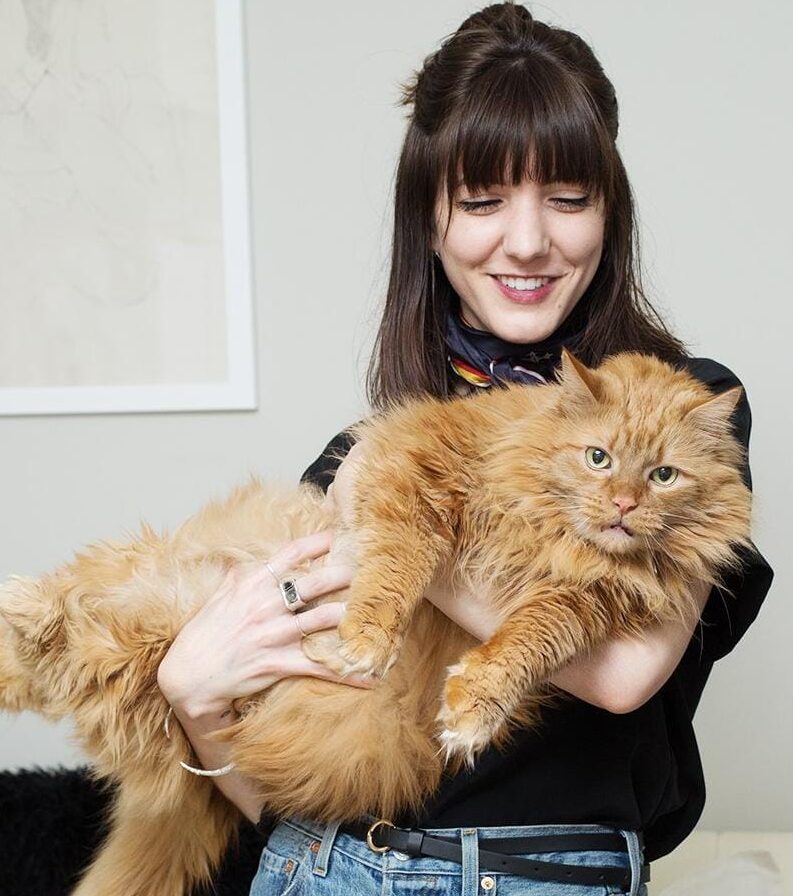
Hi, I’m Sana Sajid!I’m the voice behind CatsCare.blog, sharing my 10+ years of hands-on cat care experience. With a diploma in animal care, I offer practical tips, trusted advice, and easy-to-follow guides to help keep your cats healthy and happy.
When I’m not writing, I spend time with my own cats or exploring the latest developments in feline health. Follow CatsCare.blog for expert insights and real cat stories!


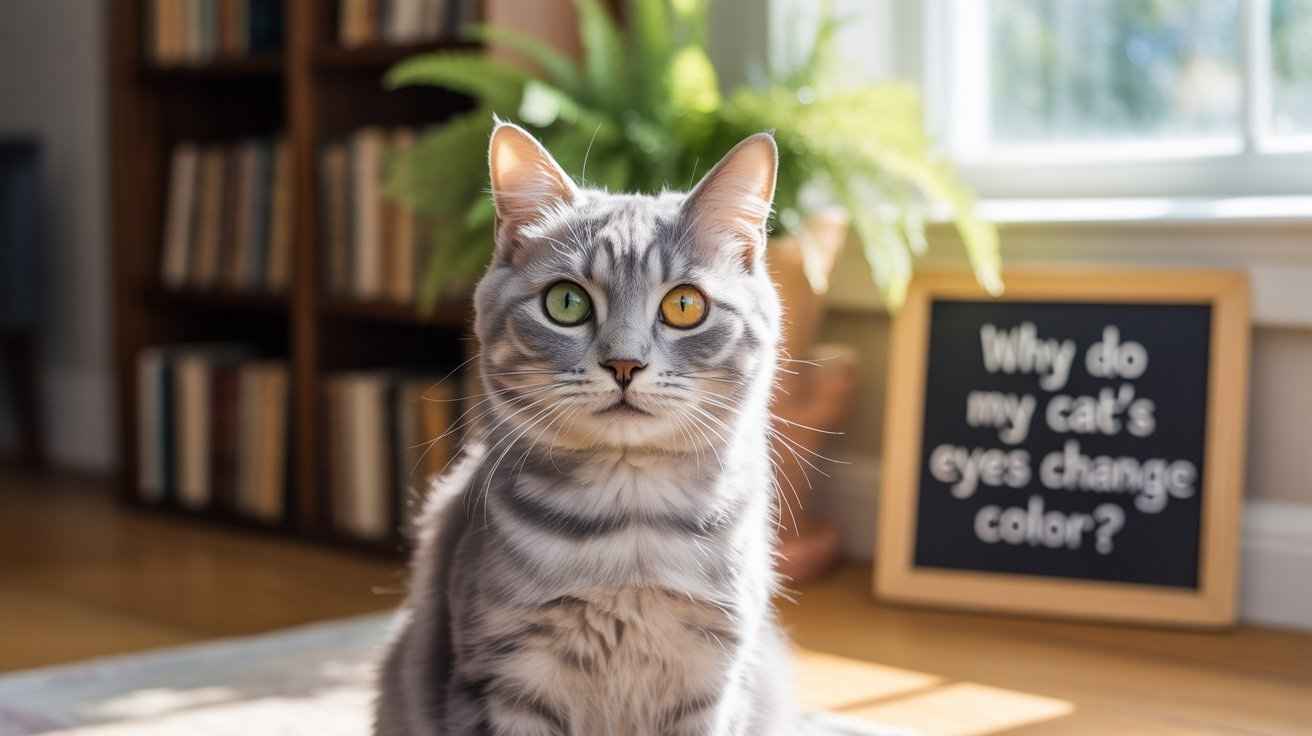
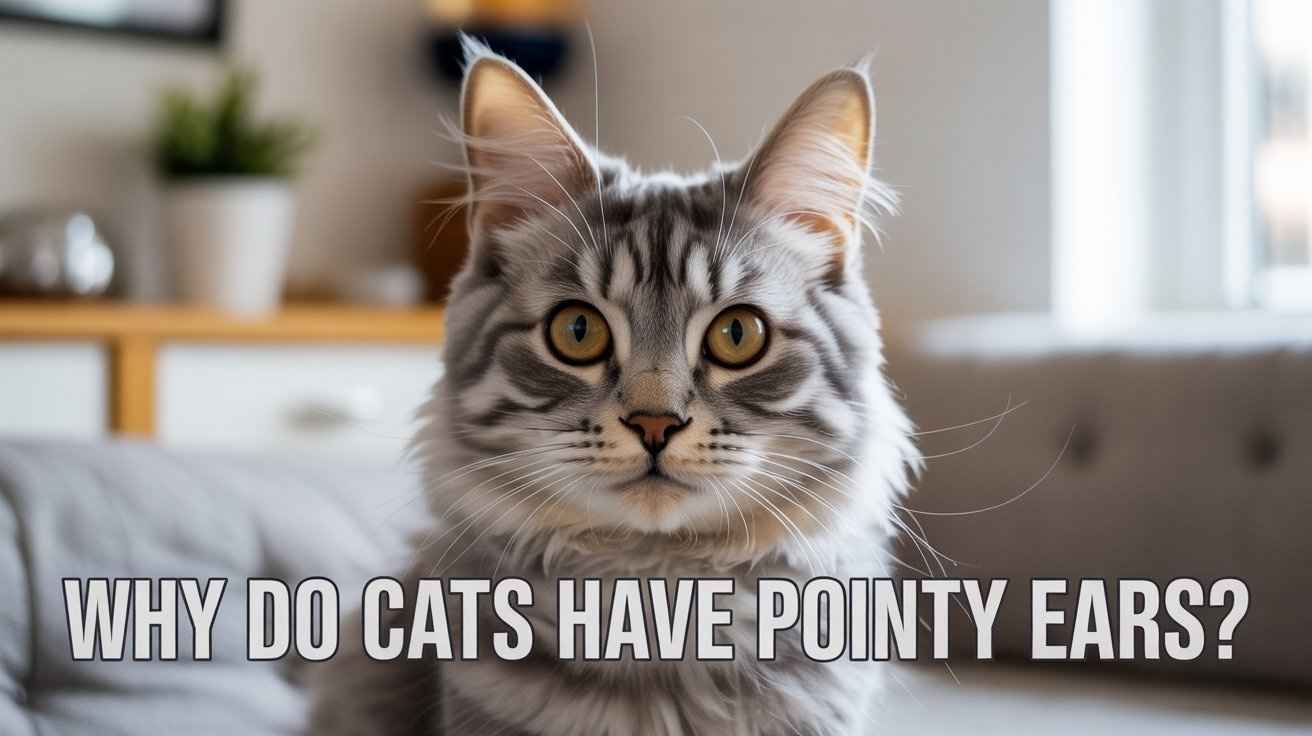
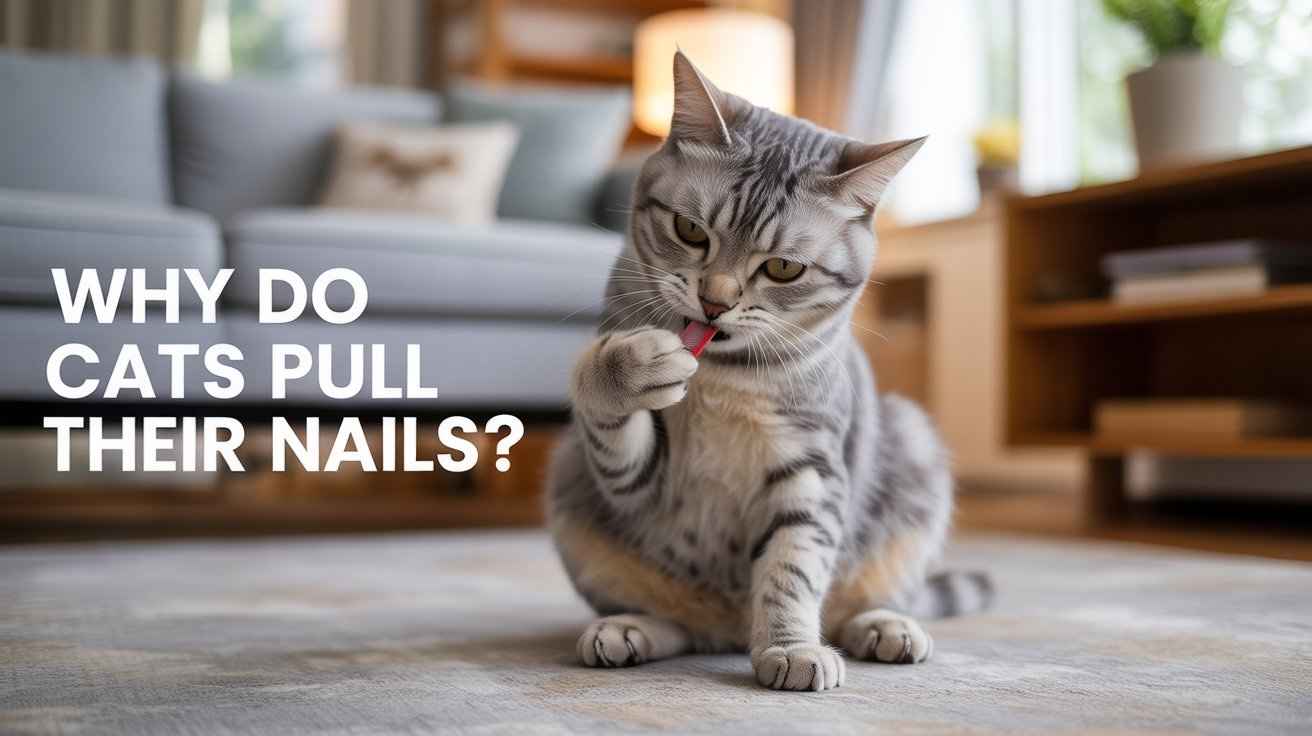

2 thoughts on “Why does my cat’s tail fluff Up? Top 3 Reasons”